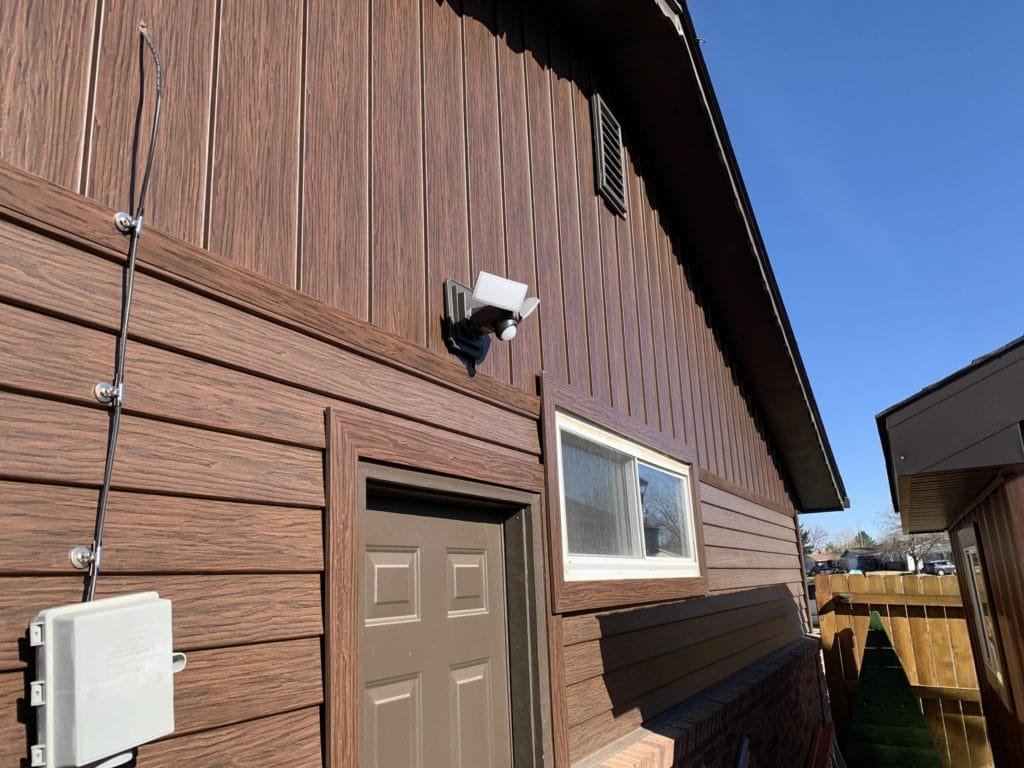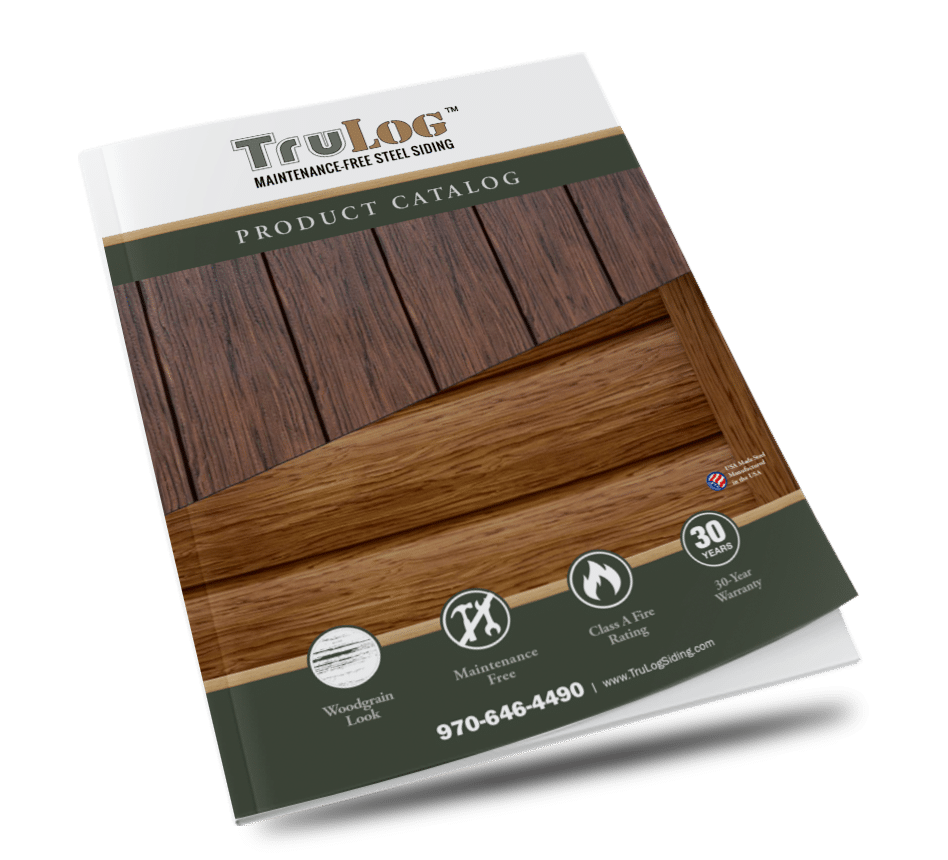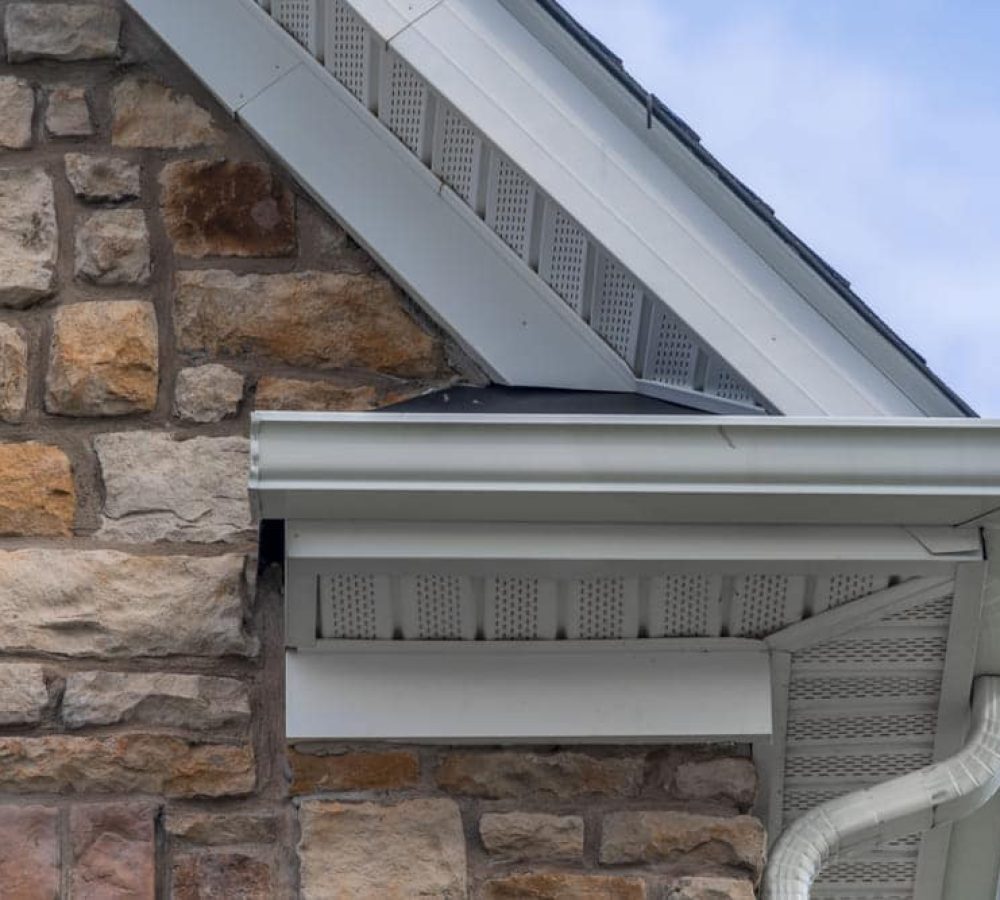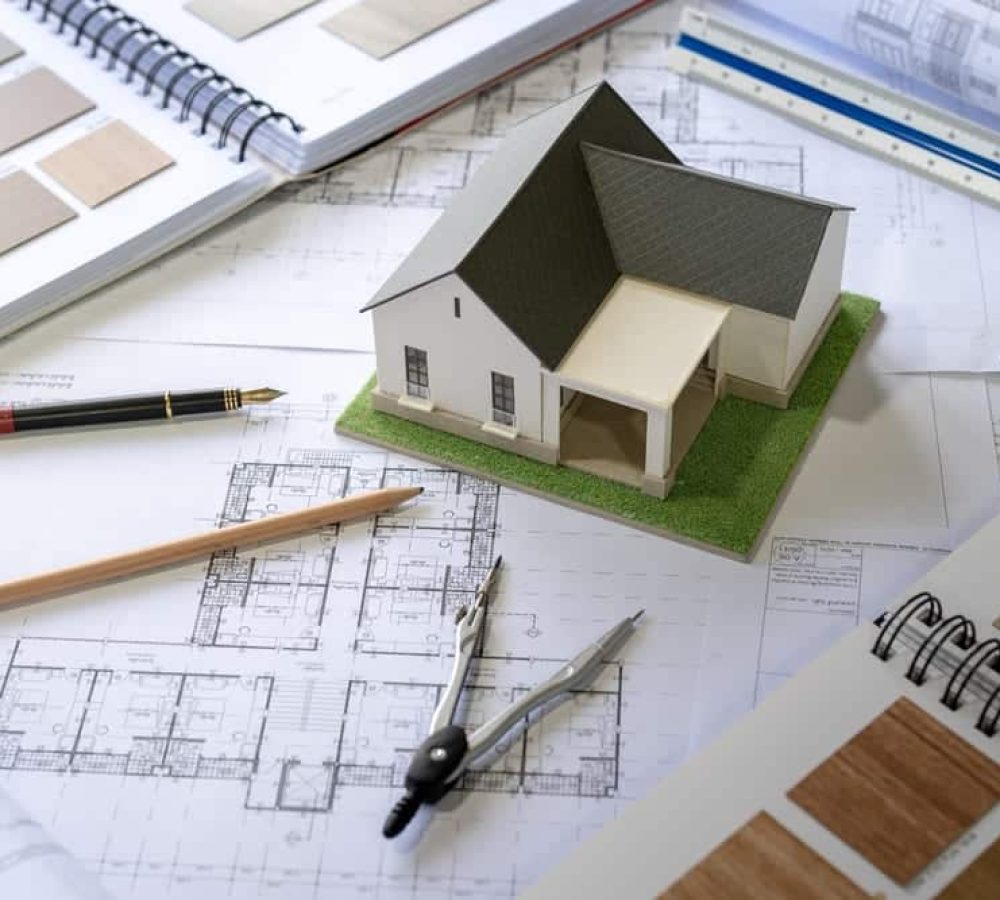Lap siding has a recognizable style that strikes a nice balance of being relatively smooth in appearance while also adding a bit of visual texture for the building’s exterior. One of the most popular siding options for residential properties, lap siding comes in multiple formats with slight variations in design.
When comparing dutch lap to clapboard siding, both of which are styles of horizontally arranged lap siding, it’s important to consider the specifics to determine which style is right for your home. In some cases, the difference between dutch lap and traditional siding may be surprising, as material type tends to be a much bigger factor than the style of lap siding itself.
Still deciding between dutch lap or clapboard — also called traditional siding, lap siding, and regular siding? Take a look as we compare clapboard siding to dutch lap siding so you can make the best choice for your home.
The Appearance of Dutch Lap vs. Regular Siding
Dutch lap and traditional clapboard siding both feature long, narrow planks that are installed horizontally across the building exterior. The bottom edge of each plank slightly overlaps the plank below it just at the edge, creating a small lip that creates visual texture from afar. Traditionally, this slight overlap was designed to provide more efficient coverage for the structure, unlike simple planks arranged flush with the exterior, leaving exposed seams susceptible to rain.
Comparing the appearance of dutch lap vs. clapboard, the fundamental design approach is quite similar. However, there is a distinguishing feature in dutch lap that sets it apart. Unlike traditional siding planks, which are flat, dutch lap has a gentle concave face that curves out into a notched overlap. This unique design creates more dramatic shadowing than regular lap siding, providing a slightly more prominent overlay. This design distinction is purely aesthetic, allowing homeowners to choose the style they prefer.
Installation Methods of Dutch Lap vs. Clapboard
When dutch lap siding was first popularized in the 1880s, the concave face was carved from real timber, which would take much longer to produce than plain, flat planks, thereby increasing the amount of time needed for production and installation. However, things have changed significantly since the early days of traditional wood siding.
Today, most lap siding panels — both dutch lap and regular — are fairly easy to install. Planks are usually pre-cut, and homeowners can expect a similar installation process for both dutch lap and clapboard. In fact, many lap siding panels even feature easy-to-install grooves and edges so that siding can be clipped in and secured firmly. This is more common with vinyl and metal lap siding planks. Natural wood still requires a bit more skill and effort to install properly.
Which Materials are Best for Dutch Lap vs Traditional Siding?
Real wood is the most traditional form of dutch lap siding and traditional clapboard, but using raw timber for lap siding comes with a wealth of responsibilities and risks. Moisture, insects, and sun exposure can all do significant damage to the structural integrity and appearance of real wood. This goes for both dutch lap siding and clapboard. Routine maintenance to keep real wood lap siding in good shape can be costly and time-intensive, so homeowners should think long and hard whether they’re up for the challenge of maintaining natural wood lap siding.
Most homeowners end up going with more modern materials that offer low-maintenance upkeep. Vinyl dutch lap is usually easier to work with and cheaper than natural timber, however, it still falls short of metal lap siding materials, like steel. All in all, when comparing the materials used for dutch lap siding vs. traditional siding, there isn’t much difference between the two styles. There is, however, a big difference between individual lap siding materials, so homeowners should take the time necessary to decide what’s best for their home.

The durability of Clapboard vs. Dutch Lap
The durability of clapboard vs. dutch lap is similar. With that said, the material selected will have a significant impact on the durability of the lap siding. Natural wood comes with an immense amount of upkeep to maintain its strength, since the elements can do a lot of damage to natural wood over time, causing sagging, rotting, and warping.
Vinyl is typically easier to work with than wood, but it doesn’t offer much protection from the elements and can easily tear off and detach from the home’s exterior when faced with significant wind and rain. Vinyl is also susceptible to moisture and heat damage, so warping, buckling, and chipping are quite common.
Steel is a much more durable material for both clapboard and dutch lap siding. Stronger, more capable of withstanding weather challenges, and less flammable than wood and vinyl, metal lap siding is an excellent choice for homeowners interested in a reliably durable material.
Overall, it becomes apparent that style is the main difference between clapboard siding and dutch lap. Once homeowners have settled on which style they prefer, the material choice becomes much more important during the design process. For more durable lap siding, it pays to check out metal siding products.
Contact the siding experts at TruLog today to enjoy a beautiful exterior that can perform well for years to come.






